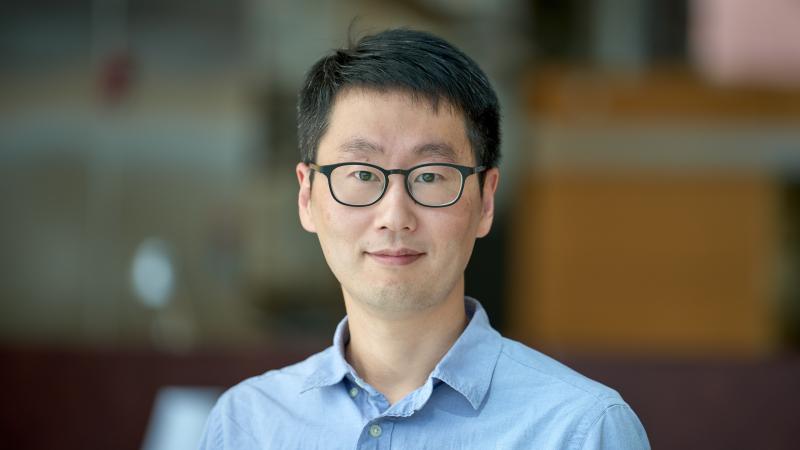MASTER'S THESIS DEFENSE
Wednesday, May 18, 2022, at 10:00 a.m.
Building 4, Level 5, Room 5220; Join Zoom Meeting
"Vision Approach for Position Estimation Using Moiré Patterns and Convolutional Neural Networks"
Committee Members
Prof. Eric Feron, Prof. Gaetano Magnotti, Prof. Shinkyu Park
Abstract
In order for a robot to operate autonomously in an environment, it must be able to locate itself within it. A robot's position and orientation cannot be directly measured by physical sensors, so estimating it is a non-trivial problem. There are sensors that provide this information, such as the Global Navigation Satellite System (GNSS) and Motion capture (Mo-cap). Nevertheless, these sensors are expensive to set up, or they are not useful in environments where autonomous vehicles are often deployed.
Our proposal explores a new approach to sensing for relative motion and position estimation. It consists of one vision sensor and a marker that utilizes moiré phenomenon to estimate the position of the vision sensor by using Convolutional Neural Networks (CNN) trained to estimate the position from the pattern shown on the marker. We share the process of data collection and training of the network. We test the trained network in a setup to evaluate its ability in estimating position. The approach performs well with a 0.01m mean error in position measurement and a maximum error of 0.03m. It also performs better than vision alternative approaches while tilting the camera.
Bio
Nawaf Alotaibi is a Mechanical engineering master's student at the Robotics, Intelligent Systems, and Control Lab (RISC Lab) led by Prof. Eric Feron. He joined KAUST as a Mechanical engineer in August 2020 and has been at the RISC Lab since January 2021. Before then, he attended the Georgia Institute of Technology in the United States, where he received his bachelor's degree in Mechanical engineering. His research interests relate to autonomous vehicles, Human-robot collaboration and interaction, and multi-agent systems. His current work is in exploring a different approach for pose estimation that utilizes interferometric targets or laser interferences.


